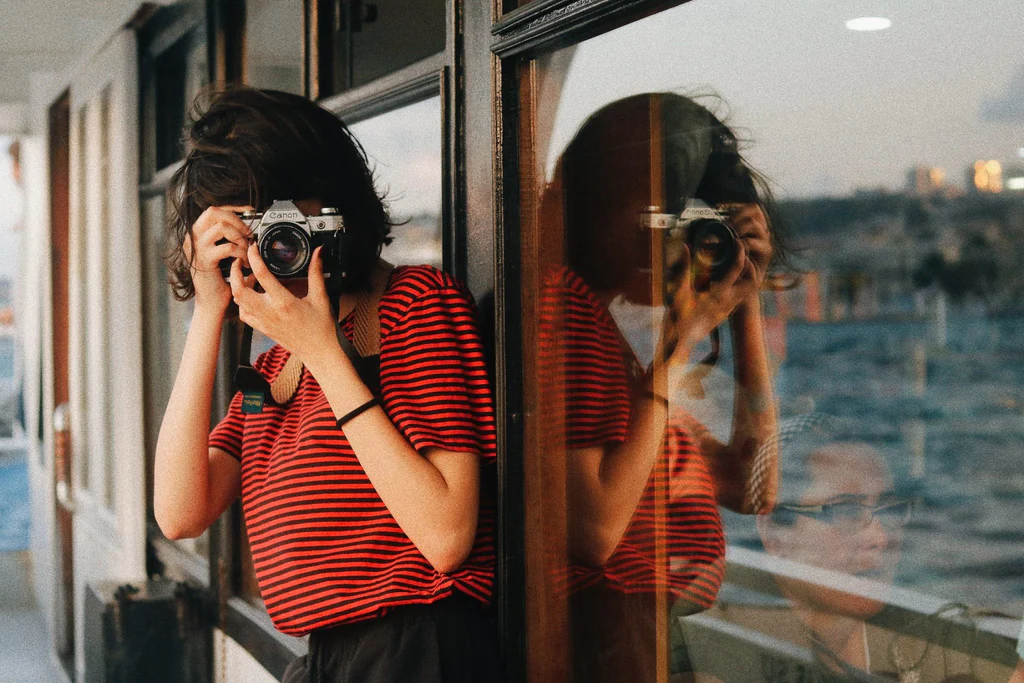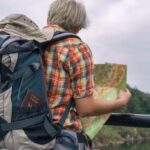Travel photography is more than just taking pictures; it’s about capturing the essence of a place, the spirit of its people, and the beauty of its landscapes. Whether you’re an amateur with a smartphone or a seasoned photographer with a DSLR, travel photography allows you to share your experiences and tell the story of your journey. Here are some essential tips to help you take stunning travel photos that will make your memories last a lifetime.
1. Know Your Equipment
- Get Comfortable: Before you embark on your trip, familiarize yourself with your camera or smartphone. Learn how to adjust settings like exposure, aperture, and ISO to adapt to different lighting conditions. Practice using your equipment so that when you’re in the moment, you can capture the shot without fumbling with settings.
- Carry the Essentials: Make sure you pack extra batteries, memory cards, and lenses if you’re using a DSLR or mirrorless camera. A lightweight tripod can be invaluable for night photography or capturing long exposures.
2. Research Your Destination
- Understand the Culture: Before you go, take some time to learn about the culture, customs, and traditions of the place you’ll be visiting. Understanding the local way of life will help you capture more authentic and respectful images.
- Scout Locations: Research popular photography spots, but also look for hidden gems that may not be as well-known. Social media platforms like Instagram or photography blogs can be great sources of inspiration.
3. Focus on Composition
- Rule of Thirds: One of the most fundamental principles of photography is the rule of thirds. Imagine your image divided into nine equal parts by two horizontal and two vertical lines. Position key elements of your photo along these lines or at their intersections to create a more balanced and engaging composition.
- Leading Lines: Use natural or architectural lines, such as roads, rivers, or pathways, to lead the viewer’s eye into the frame. Leading lines can add depth and guide the viewer through your image.
4. Capture the Golden Hours
- Best Lighting: The golden hours—shortly after sunrise and before sunset—offer the best lighting for travel photography. The soft, warm light during these times can create stunning shadows and highlights, making your images more vibrant and dynamic.
- Avoid Harsh Midday Light: While it’s possible to take great photos at any time of day, midday light can be harsh and unflattering. If you’re shooting during this time, look for shaded areas or try to use the light creatively to your advantage.
5. Tell a Story
- Candid Moments: Some of the most compelling travel photos are candid shots that capture real, unposed moments. Whether it’s a local market vendor, children playing, or a street performer, these images tell the story of a place and its people.
- Details Matter: Don’t just focus on the big picture—capture the small details that make a place unique. This could be the texture of a cobblestone street, the intricate design of a temple, or the vibrant colors of a local dish.
6. Be Respectful and Seek Permission
- Ask Before Photographing People: Always ask for permission before taking photos of people, especially in cultures where it may be considered intrusive or disrespectful. A simple smile and polite request can go a long way in making your subject feel comfortable.
- Respect Sacred and Restricted Areas: Be aware of local customs and rules regarding photography, especially in religious or sacred spaces. Some areas may prohibit photography, so it’s important to respect these guidelines.
7. Experiment with Perspectives
- Change Your Angle: Instead of always shooting from eye level, try changing your perspective. Get down low, climb up high, or shoot through a frame like a window or archway. Different angles can offer a fresh and unique view of a scene.
- Play with Reflections: Reflections in water, glass, or mirrors can create interesting and visually appealing compositions. Look for opportunities to incorporate reflections into your shots to add depth and intrigue.
8. Post-Processing
- Edit with Care: Post-processing is an important part of travel photography, but it’s important not to overdo it. Use editing software like Adobe Lightroom or smartphone apps to enhance your images, but strive to maintain a natural look. Adjustments to exposure, contrast, and color can bring out the best in your photos.
- Keep Originals: Always keep a copy of your original images. This way, if you decide you’ve gone too far with editing, you can start over without losing the integrity of your photo.
9. Stay Safe and Be Prepared
- Protect Your Gear: Traveling with expensive photography equipment can make you a target for theft. Keep your gear secure and consider using a discreet camera bag that doesn’t draw attention. Always back up your photos regularly, either on a cloud service or external hard drive.
- Plan for the Weather: Weather can be unpredictable, so pack accordingly. A waterproof camera cover or a plastic bag can protect your gear in case of rain. Don’t be afraid to shoot in less-than-perfect weather; stormy skies or misty mornings can create dramatic and moody images.
10. Enjoy the Moment
- Don’t Forget to Experience the Trip: While capturing amazing photos is a big part of travel photography, don’t forget to put the camera down and simply enjoy the moment. Sometimes, the best memories are the ones you experience without a lens between you and the world.
- Interact with Locals: Engage with the people you meet along your journey. Not only will this enrich your travel experience, but it may also lead to more meaningful and authentic photos.
Conclusion
Travel photography is a beautiful way to document your adventures and share the world through your eyes. By following these tips, you’ll be able to capture stunning images that reflect the essence of your travels. Whether you’re exploring bustling cities, remote landscapes, or vibrant cultures, remember that the best photos are those that tell a story and evoke the emotions of the places you’ve visited. Happy shooting!










